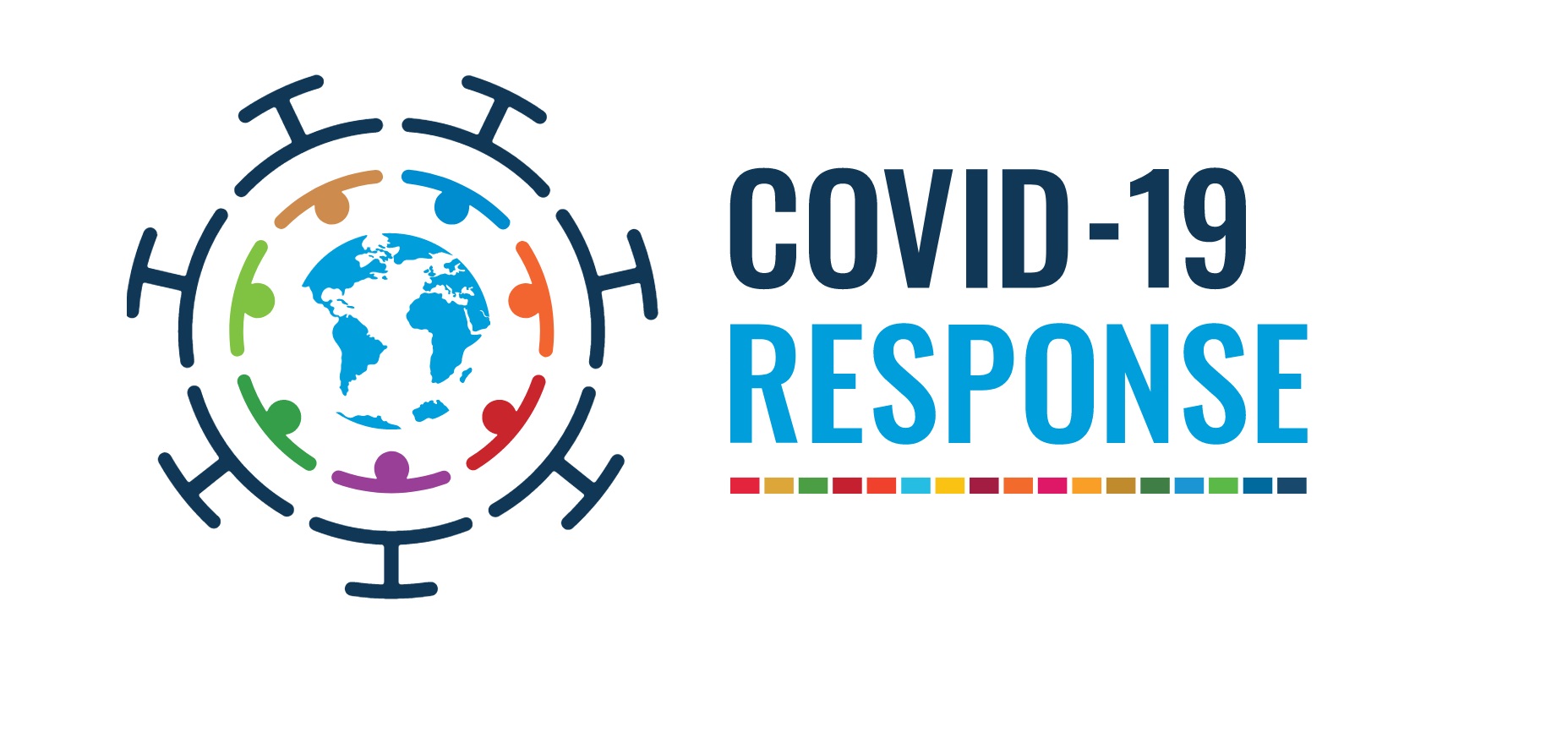COVID-19 and the enormity of its devastating impacts
On March 11, the World Health Organization (WHO) declared the spread of COVID-19 a global pandemic. The United Nations Secretary-General Antonio Guterres has described the COVID-19 crisis as the most significant test humanity has faced since World War II. UNSG called for the creation of a $2 billion fund to support the most vulnerable countries during this crisis. But actual cost may require substantially more. For every bankruptcy, closed store, unpicked crop or drop in online orders, people will lose jobs and families will, in many cases, lose their only income.
The International Labour Organization (ILO) recently predicted that 25 million jobs could be lost worldwide as a result of COVID-19. For Africa – which should be creating 12-15 million jobs annually to keep up with a growing population – these figures could be catastrophic. The global downturn risks putting the continent into a negative, downward spiral.
On the whole, the developing countries need, in addition to support for their health sectors, is carefully thought out support packages to keep their economies afloat and protect micro, small and medium-sized enterprises (MSMEs) from going out of business. The mitigation drive to keep them afloat is, therefore, a huge challenge for CFC.
CFC’s response to COVID-19
In times of uncertainty like this, the CFC is as shocked as any other financial organizations. In our little capacity, what we are trying to do is accumulating good information to create a competitive advantage. Likewise, challenges, if there are any silver linings, the CFC is endeavoring to know of it.
Generally speaking, direct impact of COVID-19 in CFC member countries, so far, differs in severity but some consequences are surely to be there. And as is often the case, when crises hit, developing countries feel the brunt of the shock. Therefore, the problems facing vulnerable people in commodity value chains shall remain a focus of the CFC.
The present drop in commodity export price indices and the rise in the cost of finance to developing country governments and companies closely mirror the early movements during the Great Financial Crisis.
An analysis from the Food and Agriculture Organization (FAO) highlighted how disruptions in global supply chains would reduce developing countries’ incomes by physically restricting commerce and lack of mobility of the factors of economics.
If previous crises are anything to go by, demand and export prices may well take a long time to rebound while the limited supply and high cost of finance will likely further depress developing world economies. Longer term structural changes in demand are also likely.
In this context, the CFC is sentient to the particular vulnerabilities of the smallholders of the agricultural value chains in which it mostly operates. While the actual impact to rural communities will necessarily differ across countries and value chains, the economic livelihoods of smallholders are likely to be affected by a number of common factors.
It is anticipated that the reduction in the labour force will directly affect agricultural production, especially for labour intensive crops. Restrictions on trade and movements may also become a huge challenge in the short-term with producers failing to connect with their markets. On the mid and long-term, the lack of access to essential inputs such as seeds or fertilizers will impose additional complications to producers.
The pandemic is also changing consumers behaviour. Although food demand is generally inelastic and the effect on overall consumption will probably be limited, dietary patterns may change. So far, the most affected countries observed an increase in both staple and ready-to-eat food that can be stored for longer periods. However, learning from the experience of the 2008 financial crisis, it is expected that on the long-run food demand will also shrink as the global income is severely affected by the quarantine restrictions.
In-between the primary producers and the end-consumers, there are SMEs/SMMEs, the CFC is working with. They are key to connecting consumers with essential food supplies and producers with the income crucial to their livelihoods. And if supply chains break down now, these disruptions may become permanent unless early mitigations are not provided with. For example, even the best performing SMEs can go out of business because of liquidity crunch, something that is entirely preventable by providing emergency liquidity funding.
The CFC supports many good SMEs in its portfolio, and the Fund will continue to make sure they survive the crisis and flourish afterwards. The CFC is closely monitoring the situation of the commodity producers and it is actively engaging with its borrowers to understand the particularities of their challenges. The CFC has the facilities and experience in managing the necessary instruments and further measures will be taken to support qualifying SMEs to mitigate their losses and thereby weathering this storm. This will directly serve the mission of the CFC bringing the principles and fundamental goals of the CFC into practice.
The CFC is aware of its obligation that follows from the accumulated experience of its decade-long support for smallholder livelihoods and is increasing its efforts to provide the much-needed finance for the continued operation of agricultural and other commodities value chains.
On the whole, one fundamental lesson of the COVID-19 is the realization that unless poverty is addressed globally, with a renewed sense of urgency, the spread of killing viruses like COVID-19 could always run the risk of wreaking havoc in both developing and developed world.
This is why we have to start preparing now and encourage ourselves to herald a return to normal. There will, however, be no normal if we forsake the idea of humanity and turn our backs on those forgotten people, near and far.
Therefore, CFC would remain on the lookout for being a part of a good ecosystem of business support actors, with shared objectives and complementary strengths, with priority for the more vulnerable at the margin, to deploy solutions for resilience and recovery.

